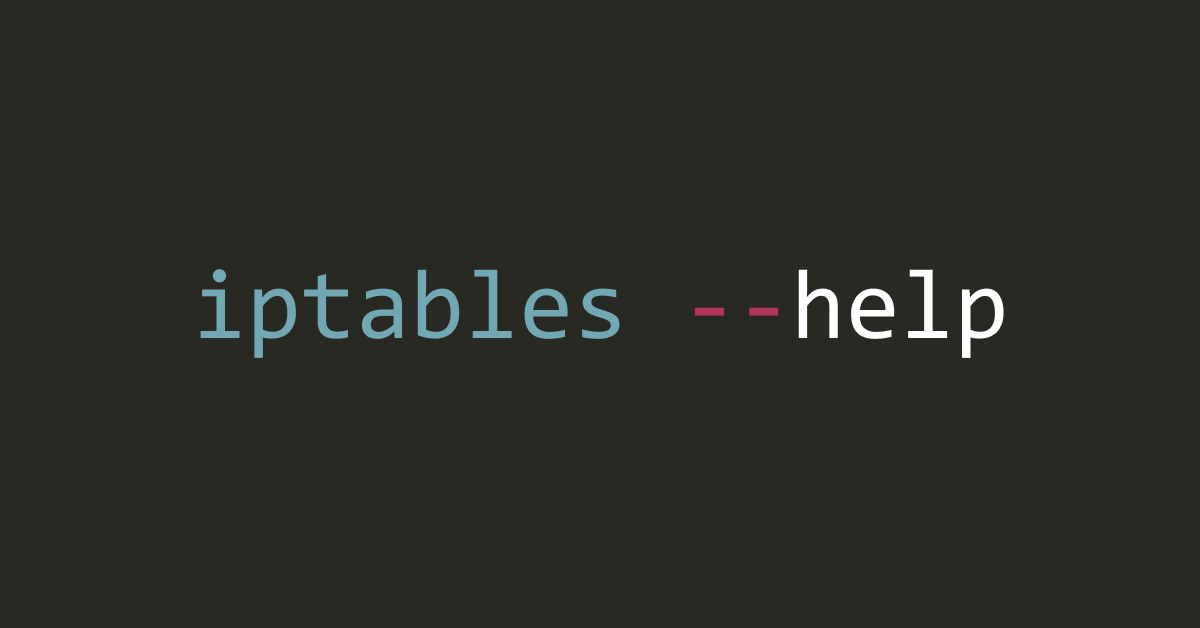暂未分类 暂未分类 linux下内存释放 zphj1987 2015-03-22 2024-01-05 细心的朋友会注意到,当你在linux下频繁存取文件后,物理内存会很快被用光,当程序结束后,内存不会被正常释放,而是一直作为caching.这个问题,貌似有不少人在问,不过都没有看到有什么很好解决的办法.那么我来谈谈这个问题.
1 2 3 4 5 [root@server ~] total used free shared buffers cached Mem: 249 163 86 0 10 94 -/+ buffers/cache: 58 191 Swap: 511 0 511
其中:
1 2 3 4 5 6 7 8 9 10 total 内存总数 used 已经使用的内存数 free 空闲的内存数 shared 多个进程共享的内存总额 buffers Buffer Cache和cached Page Cache 磁盘缓存的大小 -buffers/cache 的内存数:used - buffers - cached +buffers/cache 的内存数:free + buffers + cached 可用的memory=free memory+buffers+cached 有了这个基础后,可以得知,我现在used为163MB,free为86,buffer和cached分别为10,94 那么我们来看看,如果我执行复制文件,内存会发生什么变化.
1 2 3 4 5 6 [root@server ~] [root@server ~] total used free shared buffers cached Mem: 249 244 4 0 8 174 -/+ buffers/cache: 62 187 Swap: 511 0 511
在我命令执行结束后,used为244MB,free为4MB,buffers为8MB,cached为174MB,天呐都被cached吃掉了.别紧张,这是为了提高文件读取效率的做法.
1 2 3 4 5 [root@server test ] total used free shared buffers cached Mem: 249 244 5 0 8 174 -/+ buffers/cache: 61 188 Swap: 511 0 511
貌似没有任何变化,那么我能否手动释放掉这些内存呢?回答是可以的!
首先,/proc/sys/vm/drop_caches的值,默认为0
手动执行sync命令(描述:sync 命令运行 sync 子例程。如果必须停止系统,则运行 sync 命令以确保文件系统的完整性。sync 命令将所有未写的系统缓冲区写到磁盘中,包含已修改的 i-node、已延迟的块 I/O 和读写映射文件)
1 2 3 [root@server test ] [root@server test ] 3
将/proc/sys/vm/drop_caches值设为3
1 2 3 4 5 [root@server test ] total used free shared buffers cached Mem: 249 66 182 0 0 11 -/+ buffers/cache: 55 194 Swap: 511 0 511
再来运行free命令,发现现在的used为66MB,free为182MB,buffers为0MB,cached为11MB.那么有效的释放了buffer和cache.
/proc/sys/vm/drop_caches (since Linux 2.6.16)
1 2 3 4 5 6 7 8 9 10 11 Writing to this file causes the kernel to drop clean caches, dentries and inodes from memory, causing that memory to become free. To free pagecache, use echo 1 > /proc/sys/vm/drop_caches; to free dentries and inodes, use echo 2 > /proc/sys/vm/drop_caches; to free pagecache, dentries and inodes, use echo 3 > /proc/sys/vm/drop_caches. Because this is a non-destructive operation and dirty objects are not freeable, the user should run sync (8) first.
更新历史
why
when
创建
2011年12月31日
更新
2019年12月9日








